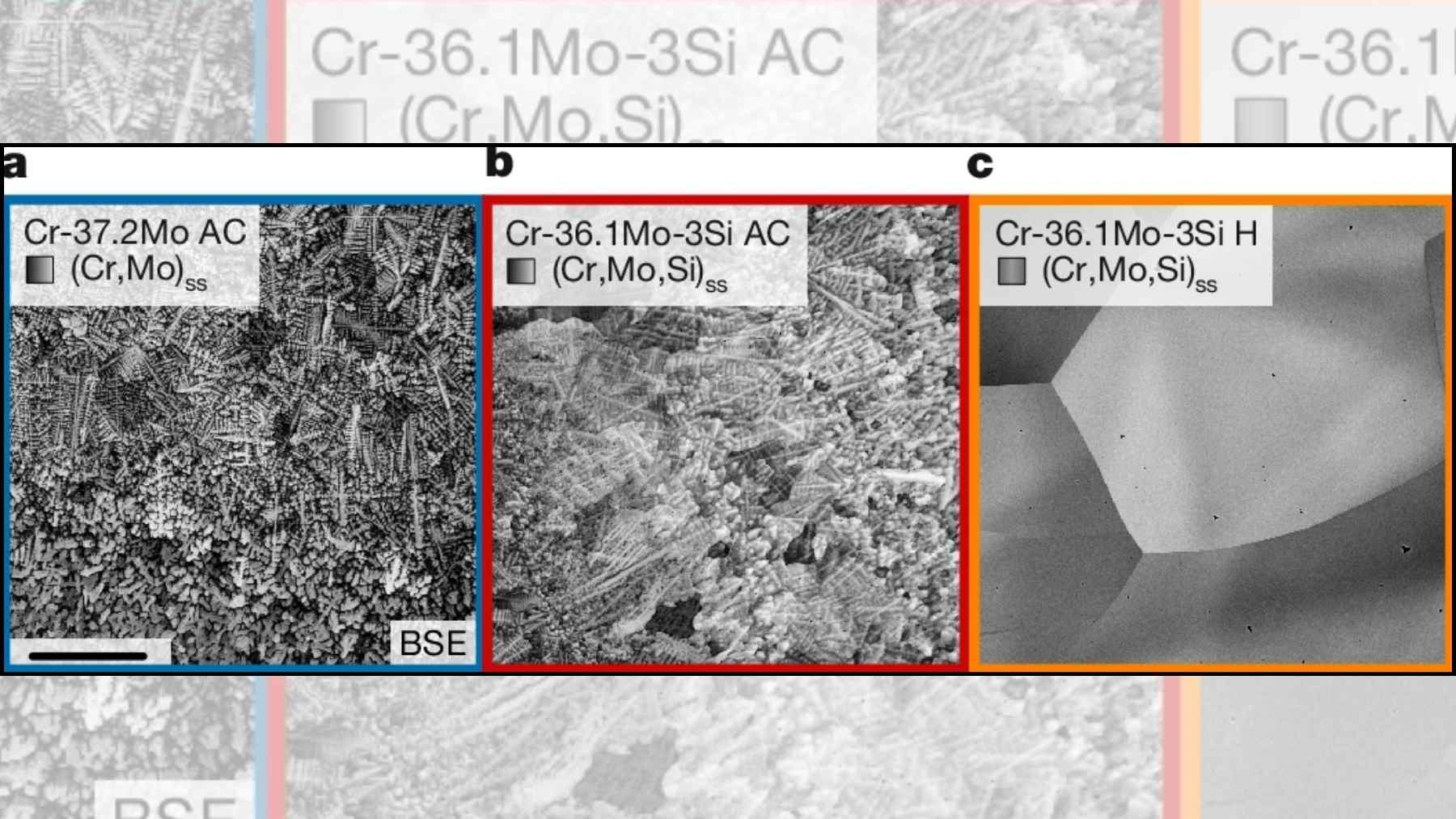The energy that reaches us from space is more powerful than what we can create on Earth, or that is the idea that scientists have been pursuing for decades. That is the reason why they are going to try to “absorb” the Sun with a colossal invention. This is the first photovoltaic balloon 500 times more powerful than solar panels. Can you imagine where they will launch it? It will seem like science-fiction, as we already told you.
Could this be the end of solar panels? Attention to this photovoltaic balloons
Photovoltaic balloons are a new and radical invention and if implemented adequately, a paradigm shift can be made with renewable energy production. Unlike the inflexible solar panels, these balloons are arrayed from thin yet very sensitive solar cells.
Through flying rather than landing solar balloons in the sky to a greater extent of solar energy than that a ground based system would be possible. The preliminary data point to the fact that the PV balloon has the potential to provide the same power as that of 500 conventional solar panel system.
In particular, these kinds of balloons have the opportunity to implement sustainable solar energy on mass, and even for remote areas around the globe. The main benefit of floating solar plants is their high mobility as well as the fact the can operate above cloud surface which is the advantage over fixed solar power plants.
This balloons are prepared to fly: new invention to “squeeze” the Sun
The solar balloons being developed by Cool Earth Solar company use inflatable plastic balloons which coat the surface with thin-film solar cells to convert sun rays into electricity. They are inflated with helium or hydrogen in order to rise above the cloud layer at altitudes where the sun shines more steadily.
Thin-film solar cells from amorphous silicon are then made using strips and then are placed on to the the balloon shell. These panels have unparalleled flexibility of the solar cells compared with the traditional ones made from silicon which provide unique advantage in their easy attachment to the balloons.
When sunlight reaches the cells, the photons are being absorbed due to the semiconductor material of the material, thus knocking the electrons loose and allowing them to flow in only one direction. Such translocation of electrons is responsible for flow of direct electric current.
The tether that connects the separate cells are carried by these wires that unite them in a circuit. The biggest hurdle right now is coming up with a way to seamlessly send the electricity down along the tether to the ground station. These balloons are purposely designed to fly very high, nearly up to about 1000 feet.
How does this photovoltaic balloon work? You won´t believe this
The technology of the photovoltaic balloon is more advanced in comparison with the classical PV systems and has a number of essential pluses. The main exceptional advantage is defined by the fact the solar balloons can collect 500 times more energy if compared with conventional and commonly used ground-based panels.
This is the primary reason that the balloon is able to provide a huge increase in efficiency by reaching its readiness altitude. At level with the ground, solar panels are affected by heat distractions and dust, which leads to a considerable decrease in efficiency.
Rising above the haze and dirt of the lower atmosphere to the stratosphere, which enables sunlight to be captured with side by side from the Sun. Also the balloon’s spherical shape permits sun rays to be collected from around the balloon, compared to flat-panels that can only collect sun rays from in front of them.
It is clear that this photovoltaic balloon is a step forward in obtaining energy from renewable sources beyond our atmosphere, something that has been theorized since the 90s of the last century. However, it remains to be seen how far this invention goes and how much clean electricity we end up obtaining compared to solar panels, which is what scientists want to specify now.














